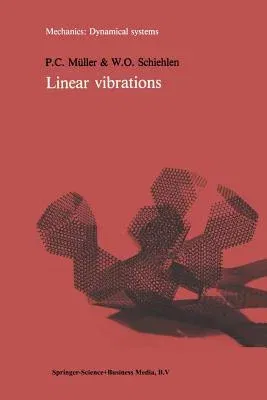P C Müller
(Author)Linear Vibrations: A Theoretical Treatment of Multi-Degree-Of-Freedom Vibrating Systems (Softcover Reprint of the Original 1st 1985)Paperback - Softcover Reprint of the Original 1st 1985, 13 November 2013

Qty
1
Turbo
Ships in 2 - 3 days
In Stock
Free Delivery
Cash on Delivery
15 Days
Free Returns
Secure Checkout
Part of Series
Mechanics: Dynamical Systems
Print Length
327 pages
Language
English
Publisher
Springer
Date Published
13 Nov 2013
ISBN-10
9401087350
ISBN-13
9789401087353
Description
Product Details
Authors:
Book Edition:
Softcover Reprint of the Original 1st 1985
Book Format:
Paperback
Country of Origin:
NL
Date Published:
13 November 2013
Dimensions:
23.39 x
15.6 x
1.8 cm
ISBN-10:
9401087350
ISBN-13:
9789401087353
Language:
English
Location:
Dordrecht
Pages:
327
Publisher:
Series:
Weight:
476.27 gm

